3 Ways On-Demand Apps Are Nailing Engagement Messaging
Published on March 21, 2016/Last edited on March 21, 2016/6 min read
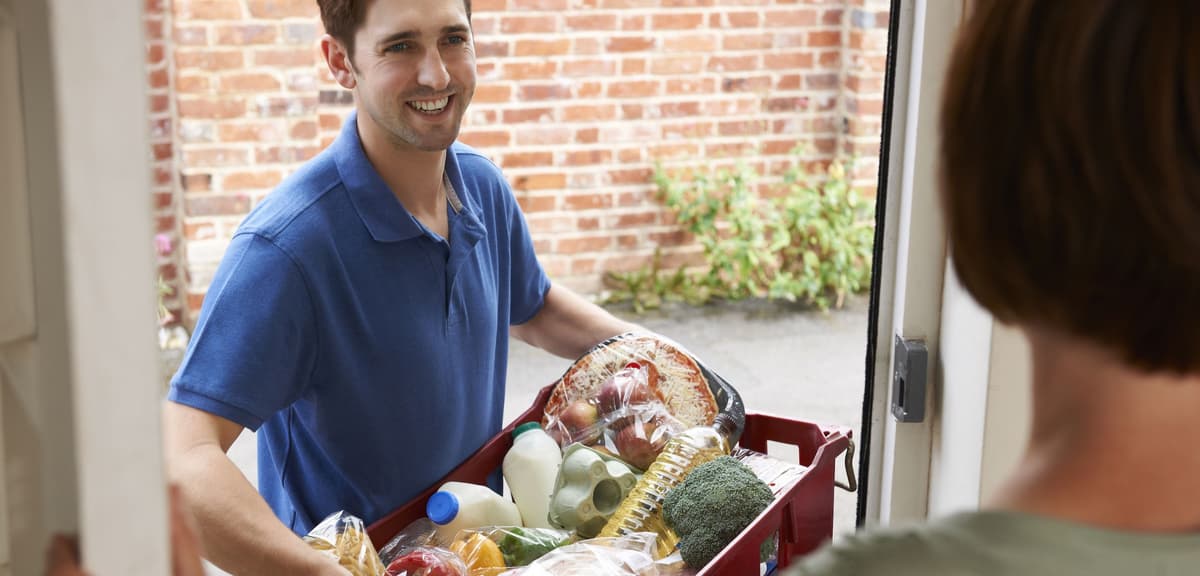

Team Braze
We’re currently seeing an explosion of on-demand apps coming into the market. Uber’s success as an on-demand car service has kicked off a wave of businesses that took their model of immediacy and applied it to other industries. Companies like Soothe, Sprig, and TaskRabbit are among a new crop of businesses that deliver goods and services to customers instantly, with just a push of a button. But there’s a real challenge facing these apps: competition and churn.
There is an abundance of on-demand apps in the marketplace right now, especially for food delivery. This has squeezed several startups out of business, most recently SpoonRocket. In order for these on-demand startups to do well in the long-term, they must separate themselves from competitors and keep the customers they work so hard to acquire.
To better understand how on-demand apps are working to engage their customers for the long-haul, I spoke with representatives from Saucey, DoorDash, and Postmates.
The common thread? They basically ignore that (in)famous Steve Jobs quote: “A lot of times, people don’t know what they want until you show it to them.”
While Jobs had the vision, talent, and team to help him build industry-changing products without a focus on customer response or feedback, for the majority of entrepreneurs and marketers, this strategy is just not a viable option. Rather, marketers who listen to their customers and refine their products, campaigns, and messaging over time are the ones that will see continued success.
Here are three lessons from these three on-demand apps.
1. Watch user behavior to highlight campaign timing opportunities
Saucey is one of a handful of apps that delivers alcohol. It’s a specialized niche that has advertising constraint; they can’t advertise on city buses or other public transportation, for example. Limitations like this make Saucey’s engagement campaign messaging that much more important.
Saucey has focused on optimizing their messaging based on people’s natural behaviors when it comes to alcohol consumption. Saucey CEO Chris Vaughn told me that while common assumption may be that people are stocking up on wine and displaying it in a nice wine racks, 85% of wine is actually drunk within hours of purchase.
Armed with this information, the Saucey team went about finding and taking advantage of the times that people want to drink alcohol. It’s no surprise that Friday and Saturday nights are popular times for alcohol consumption. But Saucey’s team discovered through app usage that Sunday was an unexpected big day for sales.
Sunday evenings are a time when people are winding down their weekends, looking to get a few more moments of relaxation before the work week begins. It turns out it’s the perfect time for a drink.
Saucey sends push notifications to users around the time they’re ready to settle down and watch their favorite Sunday night shows. As Vaughn puts it, Saucey is looking to influence user behavior based on their existing impulses, using helpful nudges in the form of messaging campaigns. By understanding users’ behaviors, Saucey can deliver timely messages that prompt purchases they were already inclined to make.
DoorDash, a restaurant delivery service, knows that the weekend is a popular time to get food delivered. They’ll send incentives to users at this opportune time, like Friday evening, to increase app use. For example, a $3 coupon for a weekend purchase. If you’re tired from the week and don’t feel like cooking, this is the very type of message that will make it easy for you to kick off your shoes and open up the app for dinner.
2. A memorable brand voice keeps users engaged and loyal
According to Vaughn, if you want to be in the delivery game, you have to be friendly. DoorDash’s Head of Growth, Zach Kinloch, also stressed that friendly messaging is extremely important to their brand.
After all, customers don’t have to use these services to get the products they desire. These apps are in the hyper-competitive space of delivering food. Since food delivery is essentially a commodity, the end user likely doesn’t care very much which company delivers their food, as long as it’s warm and delivered on time.
So after meeting those basic expectations, on-demand companies have to cultivate a friendly brand voice that connects them with their audience. That’s why all of these companies have very consumer friendly messaging.
For example, on Friday evenings, about the time you’d be getting off work, Saucey likes to send a push notification reminding you to make a purchase. In this particular message, the Saucey team uses a cocktail emoji, a pun on the word shots, and the popular acronym YOLO to get its message across.
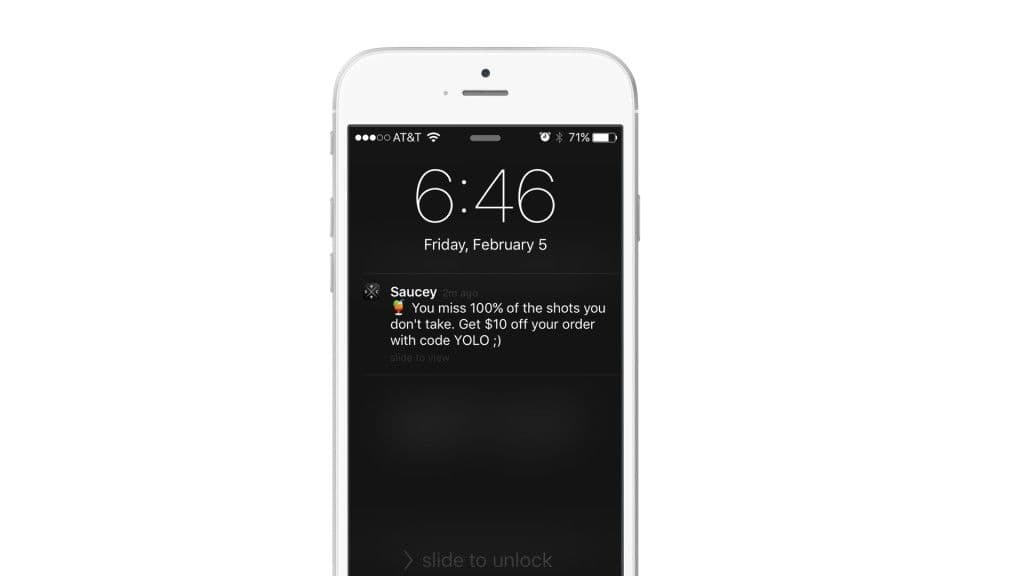
DoorDash likes to use email messaging to connect with users, especially during special occasions. This Valentine’s Day note had messaging for both couples and singles. DoorDash kept it light with fun artwork and catchy poems. Maybe it’s because I’m single, but I enjoyed DoorDash’s “Single and proud” poem.
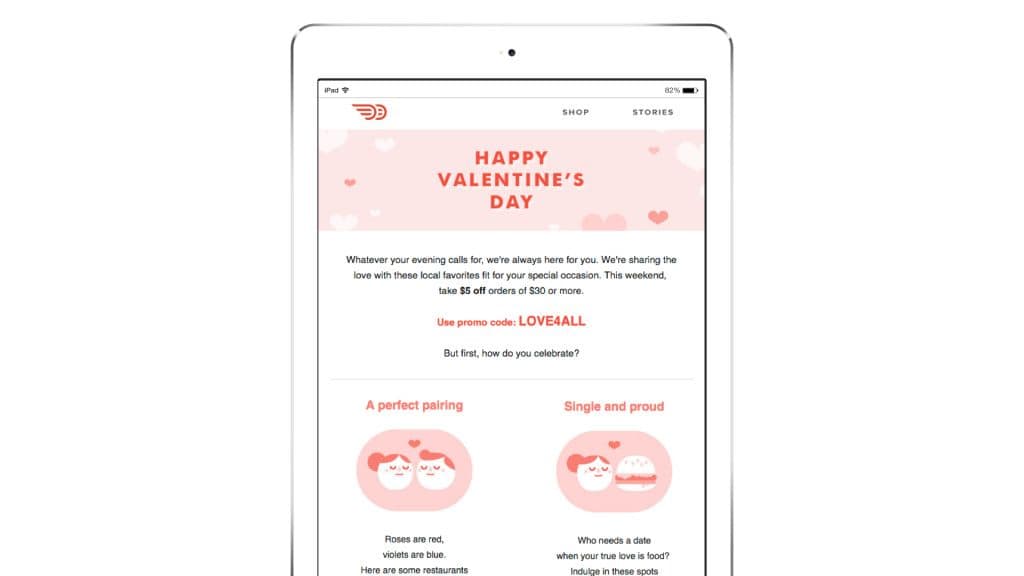
3. Retention messaging nudges users toward loyalty-forming habits
Postmates, which started out as a traditional courier service with no commerce element, has expanded (on the recommendations of their own customers) to partner with local merchants and deliver the items ordered through those merchants. Postmates has set up their metrics to track and analyse exactly how many times a user will order from them before Postmates becomes a regular part of their weekly habits. The trick is to get them to that point.
Like many brands, Postmates uses strategic emails to nudge dormant customers if they haven’t used the app in some time. Returning users then receive in-app messages touting new local deals. By adding the value of a deal when a customer who was starting to lapse re-opens the app, Postmates is investing in their relationship with the user for the long-term.
What’s ahead
As we’ve already started to see, the on-demand economy may begin to consolidate. There won’t be as many individual app options in the next two years as there are now, but the options consumers do have will likely be incredible experiences from brands that really know how to use engagement messaging. Eventually the cream will rise to the top and we’ll see who’s cracked the code.

Be Absolutely Engaging.™
Sign up for regular updates from Braze.
Related Content
View the Blog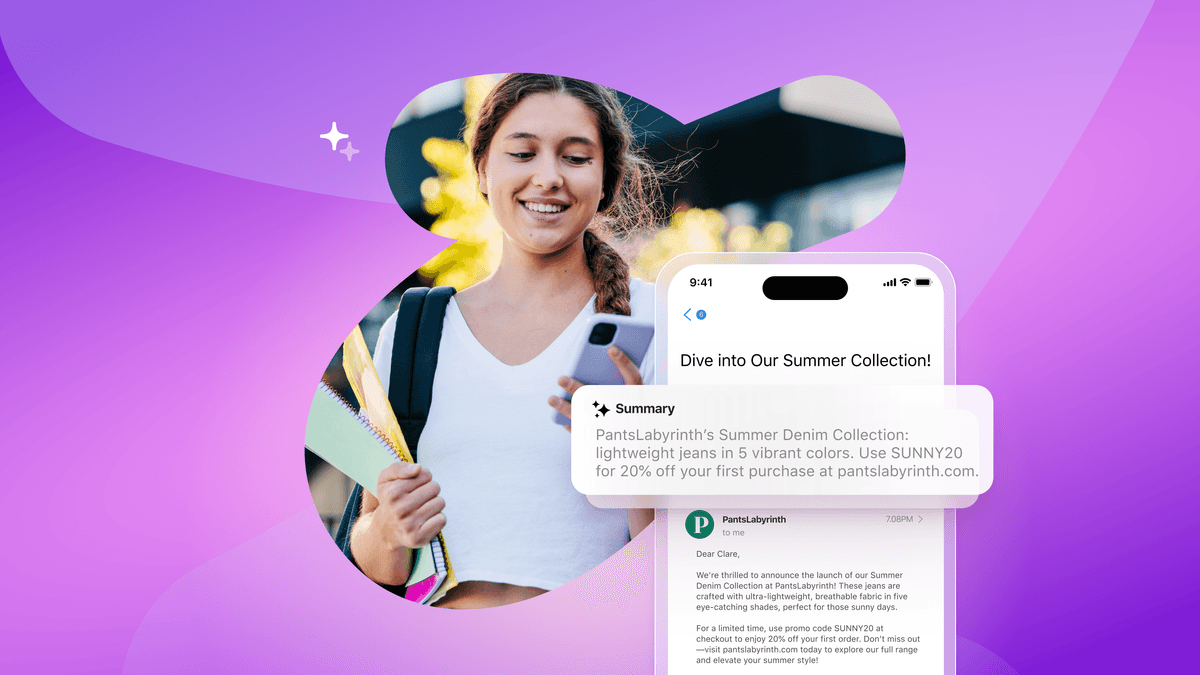
How Android 16 and iOS 26 are reshaping customer engagement

Haley Trost
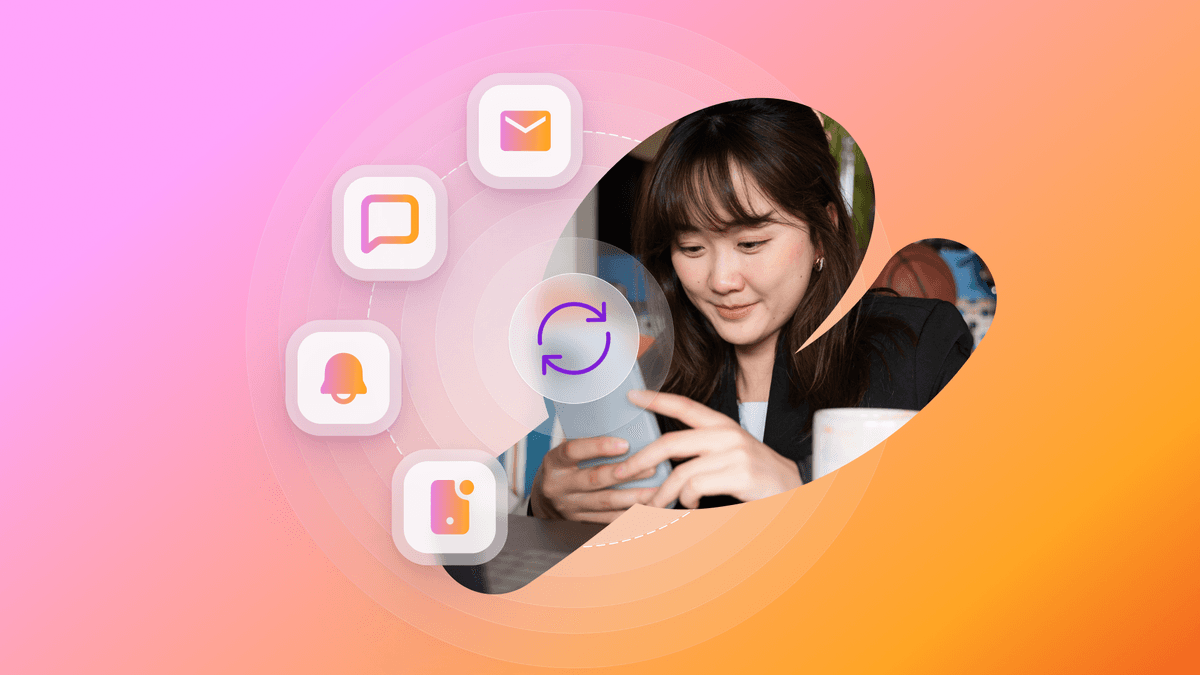
Proven customer retention strategies for building loyalty and reducing churn
July 02, 2025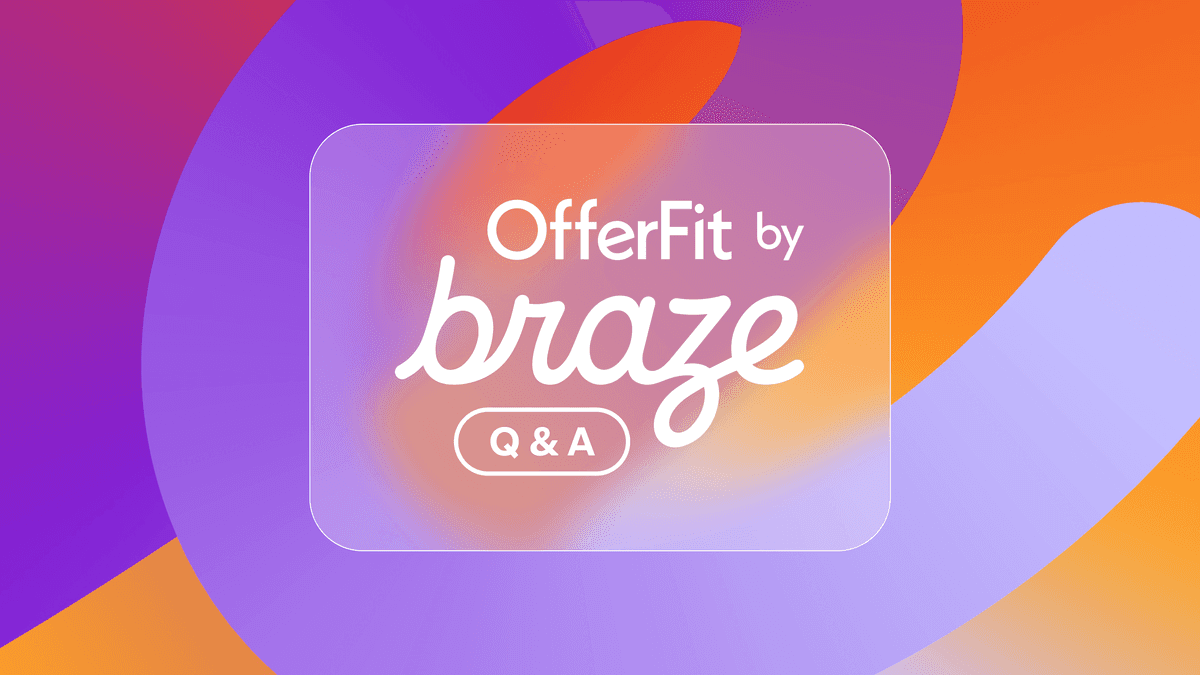
Introducing OfferFit by Braze: Answering burning questions
